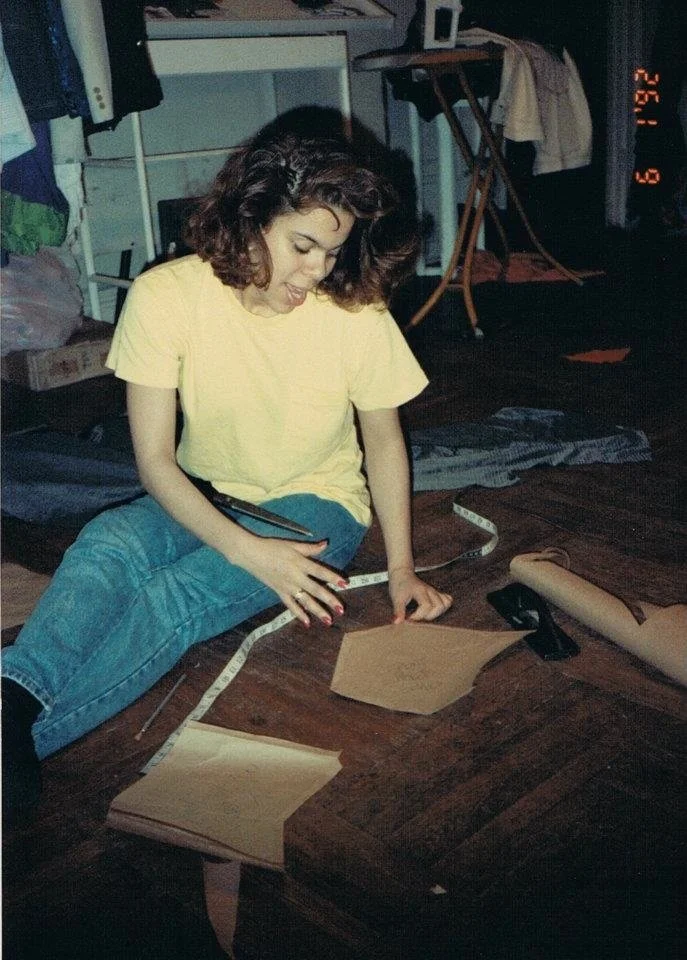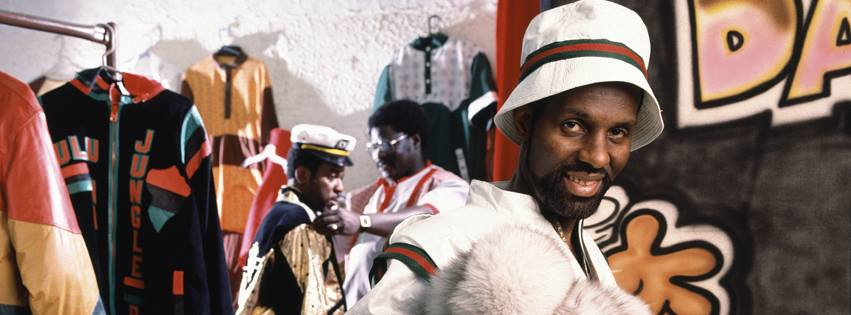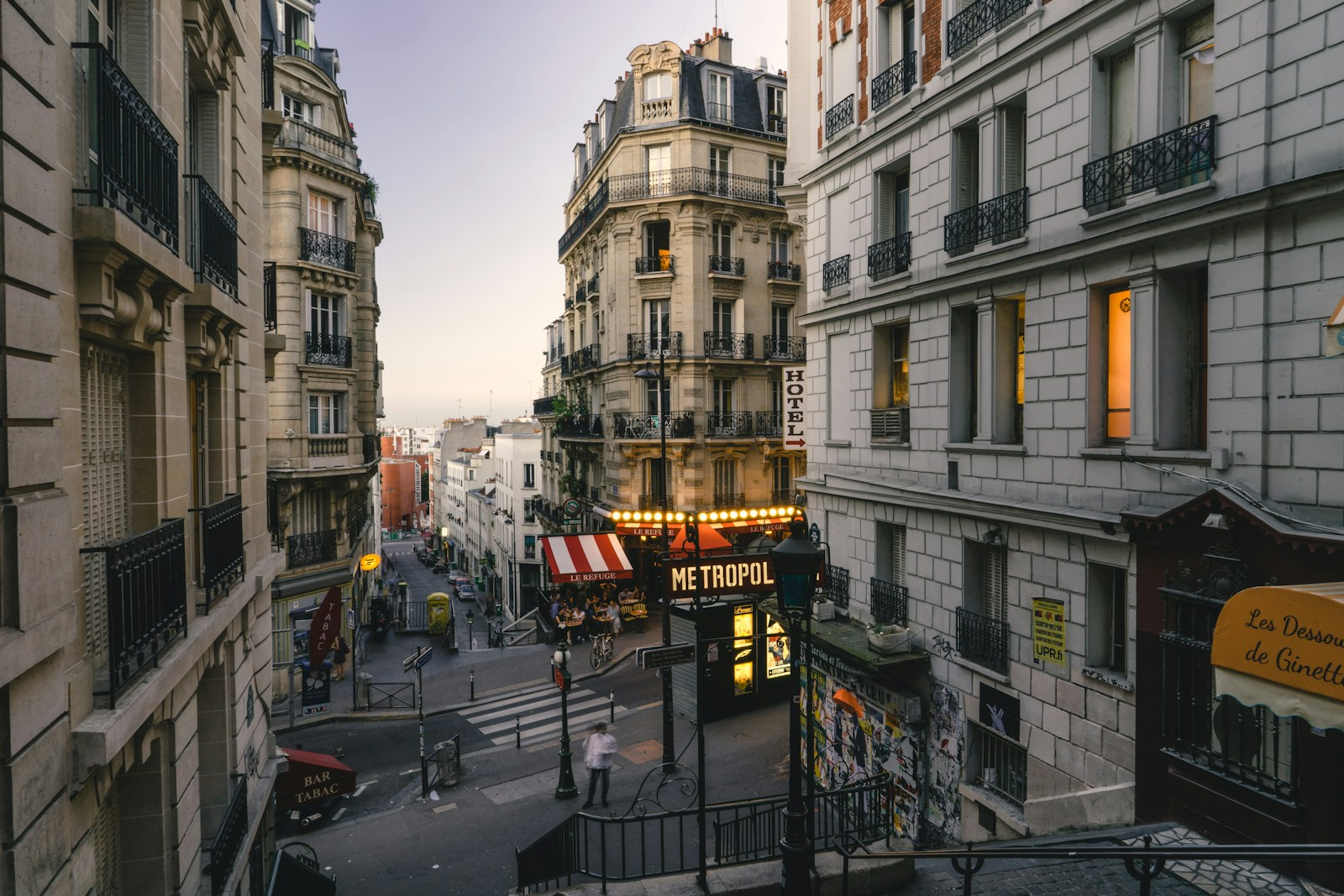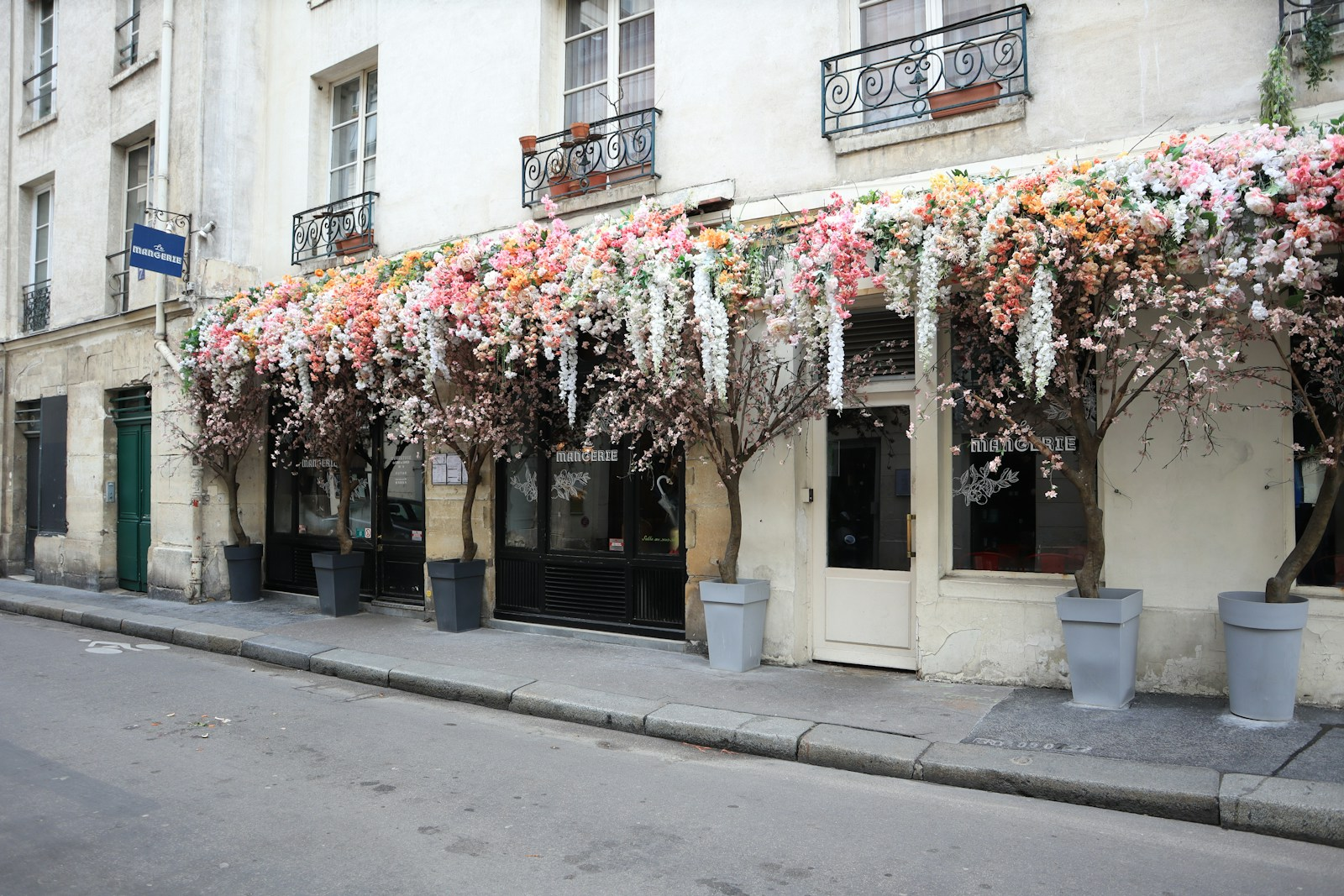
The 1990s were a transformative decade in fashion, and Black American designers played a vital role in reshaping the industry with bold creativity, cultural pride, and groundbreaking innovation. These designers not only created iconic styles that defined the era but also paved the way for future generations of Black creatives in fashion. Here’s a look at 10 Black designers of the 90s whose impact still resonates today.
Patrick Kelly
Embed from Getty ImagesBorn in Vicksburg, Mississippi, Patrick Kelly was influenced during his early years by the creativity and fashion sense of his female relatives, who often added embellishments to simple store-bought garments, as well as by the fashion magazines his grandmother brought home from the white household where she worked as a domestic.
He later lived in New York, where he attended Parsons School of Design. Known for his joyful and colorful designs, Patrick Kelly began by selling dresses on the street and working as a costumer for the nightclub Le Palais. His work His work attracted the attention of a buyer, and shortly after began being retailed in Henri Bendel, Bloomingdale’s, and Bergdorf Goodman. Notable names Kelly has dressed include Cicely Tyson, Bette Davis, Grace Jones, and Isabella Rosellini
“I design differently because I am Patrick Kelly, and Patrick Kelly is black.”
-Patrick Kelly
Kimora Lee Simmons
Embed from Getty ImagesStarting her career as a model, Kimora Lee Simmons quickly became a force in fashion entrepreneurship. Born in St. Louis, Missouri, When she was a teenager, at just thirteen years old, she signed with Chanel. She walked the runway for big fashion brands like Fendi and Valentino. In 1999, Kimora launched Baby Phat , selling a myriad of products including jewelry, handbags, and fragrances
As the creative director of Baby Phat, a spin off of her ex Husband Russell’s “Phat Farm” , Baby Phat was very successful. At one point, it was worth over $1 billion. In 2019, at an event for UN Women on International Women’s Day, Kimora announced the relaunch of Baby Phat. Baby Phat is currently selling online via it’s DTC store.
Carl Williams, aka Karl Kani
Embed from Getty ImagesOften credited as the godfather of urban streetwear, Carl Williams a Costa Rican immigrant, revolutionized how hip-hop culture influenced fashion. Though his namesake label, Karl Kani, embraced oversized fits, bold logos, and practical style, making his brand a staple in the 90s urban scene and a blueprint for many streetwear labels that followed.
Dapper Dan

Featured in the New York Times “TIMES 100” Influential persons list, Harlem’s legendary designer Dapper Dan was famous for remixing luxury logos into custom streetwear long before it became mainstream. His bold designs blended high fashion with street culture, influencing both hip-hop and luxury brands. Despite facing initial challenges, his work has been retroactively celebrated as pioneering, as his recent collection with Gucci proved successful.
Barbara Bates

Barbara Bates is a self-taught fashion designer Barbara Bates was born on June 27, 1955, in Chicago, Illinois. Her father, Elvin Hicks, was a school teacher and her mother, Vera, was a housewife. Her curatorial eye helped shape the 90s fashion narrative by spotlighting diverse talent and pushing for inclusivity in major fashion publications and shows. Bates has dressed well known celebrities including: Sinbad, Michael Jordan, Scottie Pippen, Whitney Houston, and Mike Tyson. In 2022, Barbara Bates’ pieces were celebrated by the prestigious Chicago History Museum.
April Walker (Walker Wear)

April Walker, built one of the first successful Black-owned urban apparel brands. the creator of “Walker Wear”, April was the first female to dominate urban menswear. She was able to implement product placement and secure celebrity endorsements from the likes of Tupac, Notorious B.I.G. , RUN-DMC , Beavis and Butt-Head and more; opening distribution doors and commanding millions in sales. Her clothing captured the essence of hip-hop culture with bold graphics and slogans, becoming a cultural touchstone for youth in the 90s and influencing later streetwear movements.
“The person you want to become must be more important than the person you are.”
— April Walker
Gordan Henderson

Born in Berkely, California, Gordon Henderson’s work combined classic tailoring with cultural storytelling. After attending medical school for a short time at the University of California at Davis, Henderson transferred to Parsons School of Design. A year after in graduated 1984, he because a design assistant at Calvin Klein. Six months later, he left Calvin Klein and began freelancing. In 1987, he launched Gordon Henderson line. The success of his line and talent enabled him to land an exclusive deal with Saks Fifth Avenue and earn the Council of Fashion Designer’s Perry Ellis New Designer of the Year award in 1989.
Ruth E. Carter

Ruth E. Carter’s work in the 90s brought African-inspired aesthetics to mainstream media. Carter began her career as a costume apprentice for the Santa Fe Opera. Received her Bachelor of Arts Degree from Hampton University in Hampton, Virginia. Her costumes for iconic films with Spike Lee, including School Daze, Do the Right Thing, Jungle Fever, and Malcom X,. In 2018, Ruth became the first African-American to win an Academy Award in the Best Costume Design category for Black Panther. Ruth is forever cemented in time, influencing fashion designers to incorporate traditional elements into contemporary style.
Thomas “Tj” Walker

The driving force behind Cross Colours – TJ Walker was born in Mississippi, Tj moved to Los Angeles after studying graphic design. Responsible for the art direction and graphic language behind Cross Colours, Tj earned the Rising Star Award (issued by the MFA – Men’s Fashion Association) and the Chrysler Award for Innovation in Design. Together with Ruth E. Carter, Kevan Hall, and Angela Dean.Tj currently runs Black Design Collective. His commitment to elevating Black fashion voices helped create more space for diverse creativity in the industry during a pivotal era.
Patrick Robinson

Patrick Robinson’s was born in Memphis, Tennessee. He grew up in Orange County and Los Angeles. Robinson attended Parsons School of Design in New York City, and also spent time at the American College in Paris. While there, he worked for designer named Patrick Kelly as his first assistant. After leaving Paris to work briefly for Albert Nipon in New York, Patrick returned to Europe as the Design Director for Giorgio Armani. In 1994 he become Senior Vice President of Design, Merchandising and Marketing for Anne Klein. In 1996, Patrick released his his womenswear label. Various retailers carried his collections, including Neiman Marcus, Saks Fifth Avenue, Bergdorf Goodman and Barney’s among others. In April 2003, Robinson became the Creative Director of Perry Ellis Women’s Sportswear and then in 2005, was named Artistic Director for Paco Rabanne. In 2007 to serve as executive vice president of design for Gap and gapbody.




